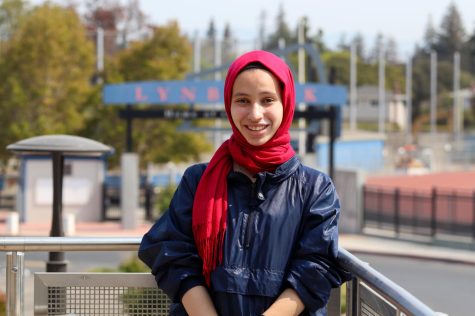CUSD school closures impact wider community
October 6, 2021
For the last few years, school closures have been a constant source of debate within the CUSD community, but a final decision regarding which schools will close is closer than ever. The CUSD administration presented possible solutions and next steps at a board meeting on Sept. 23, with the board aiming for a final decision of which schools to close by the end of October 2021.
After the last meeting, a list of six recommendations was released to the public. The three elementary schools up for consolidation are Meyerholz, John Muir and Regnart Elementary, and there is an additional option of potentially consolidating a middle school instead.
“I’d be really sad if John Muir closed down because I made a lot of memories there,” said senior Michelle Zhu, who attended John Muir. “I would want future generations to have opportunities to have the same experiences I had in elementary school.”
CUSD has been considering closing local elementary schools since October 2020 as a last resort to an ongoing problem of decreasing enrollment and reduced districtwide funding.
Enrollment in the district has steadily declined since the 2015-16 school year, with an estimated loss of over 4,900 students across all elementary schools districtwide. Compounded with the fact that CUSD is already one of the lower funded districts in the Bay Area, it became too difficult for the district to continue supporting campuses with fewer students on government funding alone.
“Many members of the community came up to us and mentioned donations and parents pitching in,” said Jerry Liu, CUSD Board President and a CUSD parent himself. “But the honest situation is that the money we need is in the millions, as an ongoing stream of income not just a one time offer.”
The lack of government funding was an especially large concern in the 2020-21 school year when the district budget was cut by $10 million, making school consolidations an increasingly viable solution.
Liu prefers the term “school consolidation” over the mainstream “school closure,” as schools would not be abruptly shut down. Rather, a plan would be implemented to combine elementary schools in the area and redefine neighborhoods to allocate more resources for the students.
Measure A was a proposition that would have conveniently served as a stop-gap solution. The proposed plan would have added an extra tax to compensate for the lack of funding from the state, helping the district to continue supporting all elementary schools. It also involved a plan to put a moratorium on school consolidation. Measure A was defeated on May 4, failing to garner the 66.7% two-thirds vote required to pass. The community voted 59.3% yes to 40.7% percent no.
When considering schools for consolidation, the Citizens Advisory Committee compiled a list of the 10 most important criteria and weighed schools for each one to determine which schools to close.
“The way we decided on the weight of the criteria was by doing a sort of exercise,” Liu said. “Each board member was given 100 points to distribute among the 10 criteria before we averaged it all out. We then published these criteria to be transparent with the community as to why some schools were considered for consolidation.”
Some of the most important criteria presented were the projected enrollment patterns, the ability to support middle schools in the area and the presence of schools in the vicinity that could accept the students and keep neighborhoods together.
It is evident that the talk of possible school consolidations is a very tense one — and one that the district does not wish to elongate. Following the meeting on Sept. 23, the board hopes to reach a final decision as soon as the next board meeting on Oct. 8, and by Oct. 28 at the latest.
Once a final decision is made, families within the consolidated schools will be contacted around the end of the school year with information regarding enrollment for the following year.


































































